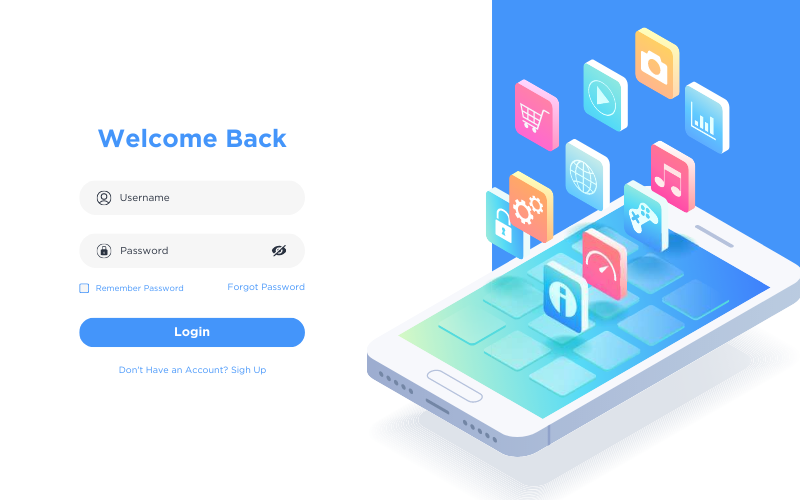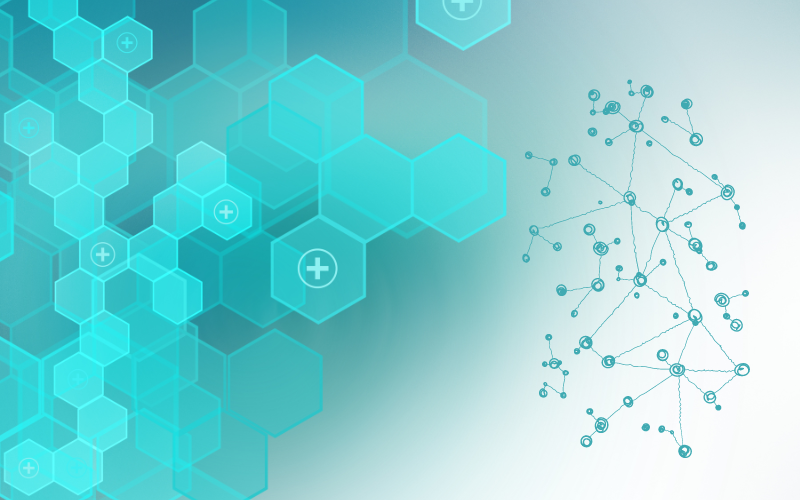Addressing Health Disparities in Diabetes Through Technology

Health disparities in diabetes have long been a topic of concern. The COVID-19 outbreak brought these issues to the forefront, highlighting the importance of addressing the factors contributing to such disparities. Common healthcare disparities are often linked to ethnicity, race, income level, occupation, and other socioeconomic factors.
Racial disparities in diabetes are particularly notable. According to the American Diabetes Association, rates of diagnosed type 2 diabetes vary significantly across racial and ethnic groups: African Americans (13.2%), Hispanics (12.8%), Asians (9.0%), and non-Hispanic whites (7.6%). Geographic disparities also exist. In the U.S., approximately 34 million people have diabetes, with 32 million diagnosed with type 2 diabetes mellitus (T2DM). Between 1999 and 2016, rural populations experienced a 16% higher occurrence of T2DM than urban populations.
Emerging technologies are helping address the complexities of diabetes care and related health disparities. Continuous glucose monitors (CGMs), insulin pens, mobile apps, and telemedicine platforms have revolutionized diabetes management, simplifying patients' daily lives and offering healthcare providers real-time insights into glucose patterns and patient progress.
Here are five ways technology is helping to address diabetes health disparities:
1. Access to Information
Understanding diabetes is crucial for managing it effectively and avoiding complications. Studies show that only about 25% of diabetics can accurately describe the meaning of their hemoglobin A1c levels or recall their most recent value. Providing accurate and timely interventions is essential, particularly for those newly diagnosed or at risk of prediabetes.
Technology plays a vital role in making information accessible. Tools like wearable devices, mobile apps, and online platforms deliver educational resources that empower individuals to manage their blood sugar, medication, diet, and overall health. For underserved populations, such as those in rural areas, technology ensures equal access to diabetes education and care, bridging the gap between geography and healthcare resources.
2. Data Analytics
Healthcare information technology (HIT) is a powerful tool for analyzing and addressing diabetes health disparities. By collecting and examining demographic data, HIT helps identify inequities and patterns in health outcomes, enabling healthcare providers to:
- Explore trends in diabetes disparities
- Measure progress and set goals for improvement
- Implement precision medicine tailored to diverse populations
Broader data-sharing practices can further enhance the inclusivity and effectiveness of healthcare solutions. For example, sharing data across organizations helps diversify research, improving precision medicine for all. Artificial intelligence (AI) and predictive analytics can reduce the workload on healthcare providers while improving care for diabetic patients.
3. Remote Monitoring
Remote monitoring technologies like CGMs and smart insulin pens have transformed diabetes management. These devices provide real-time data that patients can share with their healthcare providers through cloud-based systems, creating a seamless connection between patients and their care teams.
While technology alone cannot eliminate diabetes disparities, it plays a critical role in bridging the gap between patients and providers, enhancing personalized care, and fostering better health outcomes.
4. Telemedicine and Telehealth
Telemedicine provides an efficient and cost-effective way to manage diabetes. It enables remote monitoring, facilitates medication adjustments, and supports caregivers in monitoring elderly patients' health conditions. This technology ensures equitable access to healthcare for underserved communities, including:
- Low-income families
- Rural patients
- Individuals with disabilities
- Elderly patients
- Underinsured or uninsured populations
- Non-English speakers
Telemedicine reduces the need for in-person visits, making healthcare more accessible and less time-consuming for patients of various socioeconomic backgrounds.
5. Mobile Apps for Self-Management
Mobile apps are valuable tools for managing diabetes, offering an affordable and convenient alternative to traditional healthcare resources. These apps help patients track meals, physical activity, glucose levels, and medication schedules. Many are free or low-cost, making them accessible for patients on a tight budget.
Research shows that using diabetes apps can improve patient satisfaction and lead to better health outcomes, such as reduced fasting glucose and A1c levels. They empower individuals to take control of their condition and support better self-management.
Conclusion
Technology holds immense potential for addressing diabetes health disparities. By providing access to information, enabling remote monitoring, leveraging data analytics, and supporting telemedicine and self-management tools, it helps bridge gaps in care. It improves health equity for all diabetes patients.



